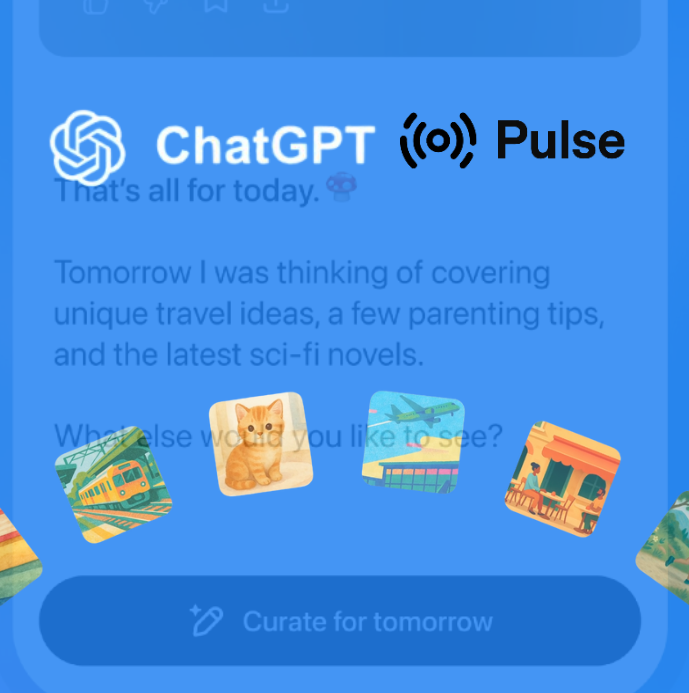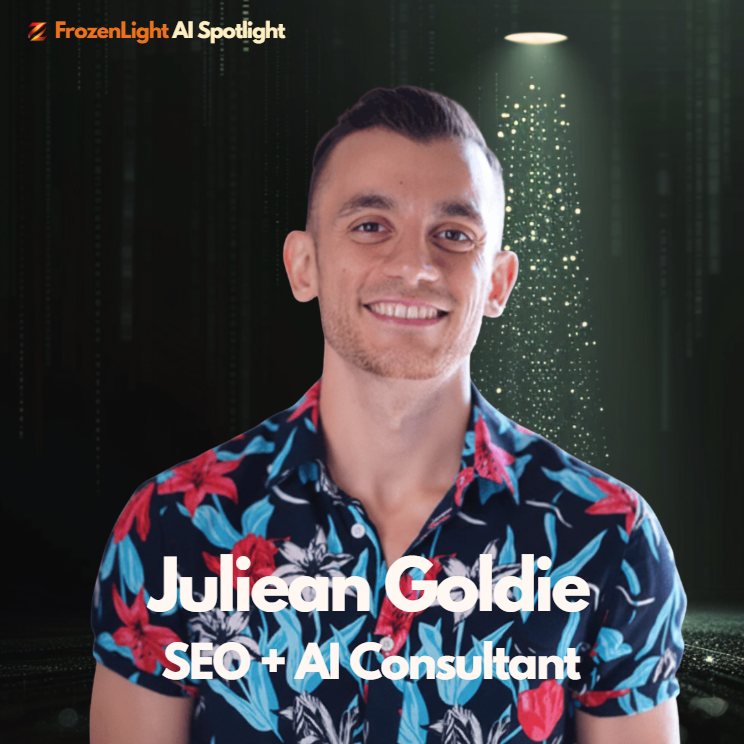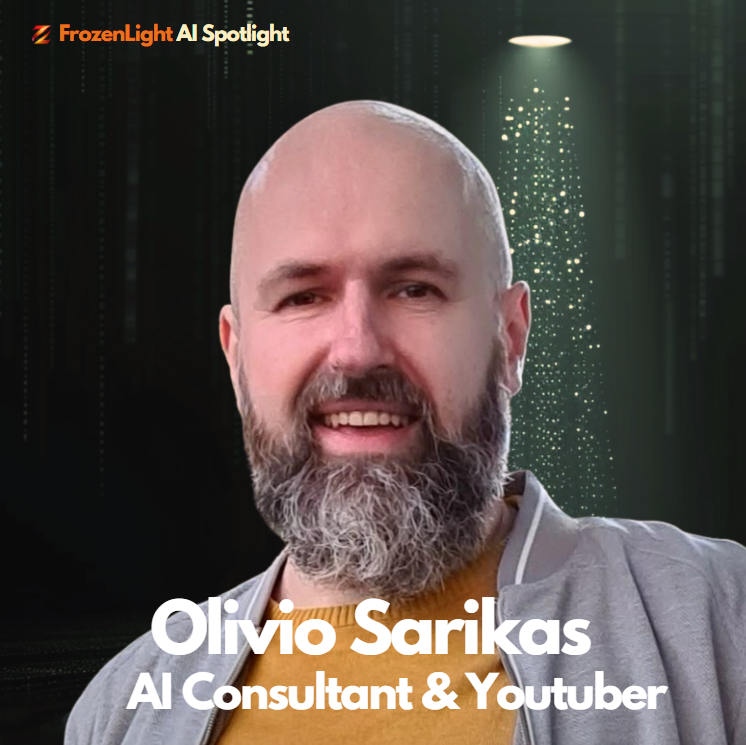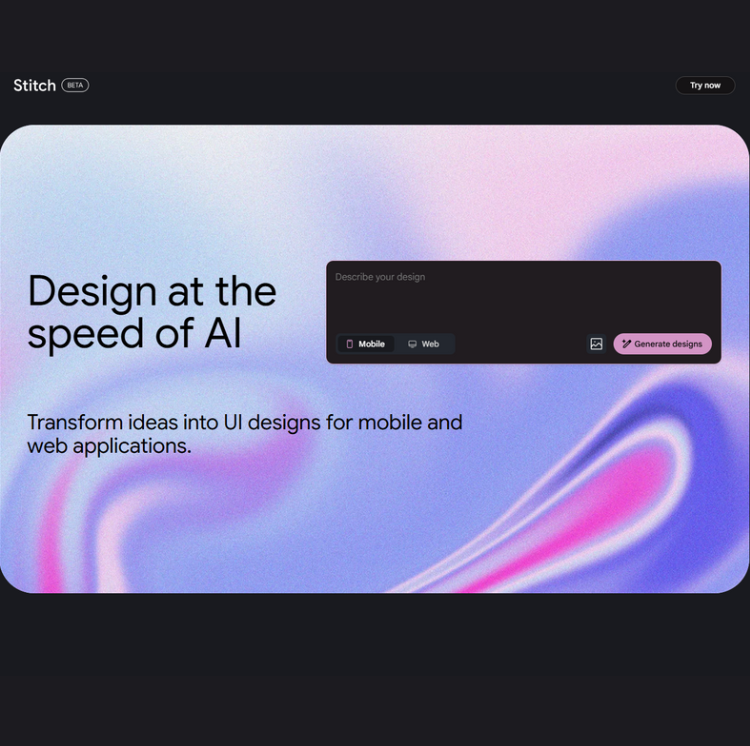Anthropic just dropped Claude 4 - not one model, but a full lineup. You’ve got Opus (the heavyweight), Sonnet (the new default), and Haiku (light and fast).
This isn’t a hype launch. It’s a structural one.
They’re rolling out tools, memory, safety layers, and a clear direction: AI that shows up, sticks around, and actually helps.
What Anthropic Is Saying
Anthropic says Claude 4 is built to handle more - more tasks, more steps, more complexity - with more control.
-
It can handle longer processes
Claude Opus was tested on coding tasks that ran for seven hours straight. -
It’s operating under tighter safety measures
Opus 4 is running at ASL-3: Anthropic’s internal standard that covers jailbreak resistance, cybersecurity, and risk monitoring. -
It’s made for real work
With tools, memory, and APIs - it’s structured for practical use, not play.
CEO Dario Amodei described Sonnet’s release as being held for “significant leaps.”
What That Means (In Human Words)
Claude 4 isn’t trying to be your chatbot friend. It’s being set up to handle more - not just clever answers, but real work.
Here’s what that looks like:
-
It uses tools - it can take files, look things up, and call functions to do actual tasks
-
It holds more context - not just one-off replies, but long chains of reasoning
-
It tracks things - like your tone, goals, and the stuff you’re working on
-
It stays stable - so you don’t have to start over when something gets complex
This update is less about what Claude says and more about what Claude is now set up to do.
Let’s Connect the Dots
Let’s focus on what actually matters in this new release - the things that make Claude 4 more usable, and more reliable, in day-to-day work.
🧠 It Can Hold Context (Without Making It Weird)
Claude 4 now supports:
-
Up to 200,000 tokens of input (~500 pages)
-
Opus outputs up to 32,000 tokens; Sonnet can reach 64,000
-
Memory that tracks your name, preferences, writing tone, and prior tasks
-
A visible Memory tab where you can view, edit, or delete it
This isn’t about AI getting personal. It’s about it being practically useful. Quietly carrying context without asking you to repeat yourself.
Claude 4 vs. ChatGPT: Memory and Context Compared
|
Feature |
Claude 4 (Opus & Sonnet) |
ChatGPT (GPT-4-turbo) |
|
Context Window |
Up to 200,000 tokens |
Up to 128,000 tokens |
|
Output Length |
Opus: 32,000 tokens Sonnet: 64,000 |
Up to 4,096 tokens |
|
Memory Availability |
On by default in Opus & Sonnet |
On in GPT-4 only (paid) |
|
What It Tracks |
Name, tone, preferences, past files/tasks |
Name, preferences, known goals |
|
Memory Controls |
Full Memory tab to edit/delete anytime |
Found in account settings (less visible) |
|
Free Plan Access |
Yes (Sonnet) |
No memory in free tier (3.5 only) |
|
Positioning |
Framed as tool support |
Framed as user convenience |
🔒 It Comes with Built-in Boundaries - by boundaries, we mean security
Claude Opus 4 is running at AI Safety Level 3 - Anthropic’s own internal benchmark.
Here’s what that actually includes:
-
Red-teaming (inside and out)
-
Anti-jailbreak training and filters
-
Cyber protections for tools and file use
-
Monitoring for bias, harm, or sketchy behavior
-
Promised updates and transparency reports
It’s not a global certification. But it’s a clear line they’re drawing for themselves - and holding to.
AI Safety & Security: Claude 4 vs. the Field
|
Provider |
Model |
Safety Framework |
Key Measures |
Notes |
|
Anthropic |
Claude Opus 4 |
AI Safety Level 3 |
Red-teaming, jailbreak filters, cybersecurity, risk tracking |
Self-declared, includes external review + monitoring |
|
OpenAI |
GPT-4 |
Internal safeguards |
RLHF, moderation, encrypted APIs, SOC 2 |
No public safety scale; focuses on harmful output |
|
|
Gemini |
Internal risk framework |
Bias testing, tool filters, fact-checks, adversarial evals |
Safety teams integrated pre-launch |
|
Meta |
LLaMA 3 |
Purple Llama tools |
Llama Guard, Prompt Guard, Firewalls |
Open-source; safety is developer-controlled |
|
Mistral |
Mistral models |
Moderation API |
Language filters, Safe Mode, encryption |
Customizable; fewer defaults, more open by design |
Bottom Line
-
What’s Out Now: Claude Opus (advanced), Sonnet (default), Haiku (lightweight)
-
Use It Here:
Web, API, and iOS app available -
Tool Use: File uploads, functions, and retrieval - built in
-
Memory: Active in Opus and Sonnet, editable anytime
-
Context Window: Up to 200,000 tokens
-
Safety Level: Opus runs at Anthropic’s ASL-3
-
API Pricing:
Opus: ~$15 in / ~$75 out per million tokens
Sonnet: ~$3 in / ~$15 out -
Free Tier: Yes - Claude Sonnet
- Read more
This release isn’t about being flashy. It’s about giving AI the structure to actually help.
Frozen Light Team Perspective
Claude just dropped a new release.
And it’s packed with all the words we’ve heard before.
Reasoning. Built for code. Built for tasks.
And of course - a new focus on security.
But it’s their own internal version of what “secure” means.
And apparently, they’re living up to that standard.
(Side note: if you wrote the standard and didn’t live up to it, that’d be the real story.)
So how do you make sense of it?
You look at the company.
Because businesses exist to drive revenue through value.
And the real question is:
Is the value they’re creating actually aligned with what you need?
If you need context, here’s what else happened this week:
We at Frozen Light wrote about:
-
Google Build - where Gemini got plugged into Gmail, phones, video generation, and whatever else they could
-
A new price list dropping across Google’s ecosystem
-
OpenAI acquiring a hardware company - expanding from models into how we interact with them
-
OpenAI also moving fast on Spotify plugins, workspace integrations, and more
This paints a picture.
If you're an LLM company with a platform, distribution, and users - you're already embedded.
You build from the inside. You're part of people’s workflow.
Claude doesn’t have that.
So they need to be the best.
But best at what?
Right now, the answer looks like this:
Be the safe LLM.
More secure.
More structured.
And create the kind of experience they believe AI users need now.
And that’s why Claude’s new upgrade matters -
because they had to build their own regulation and live up to it (wink, wink).
But hey - it’s still their story to tell, even if they’re building it as they go.
By the end of the day, the best advice we can give you is this:
Check what you actually need - and see if Claude’s business direction, which clearly signals their long-term goals, aligns with your own.
And yes - get used to the idea that you may need more than one LLM.
This isn’t one-vs-the-other.
It’s: what do I need, and who can actually deliver that?









